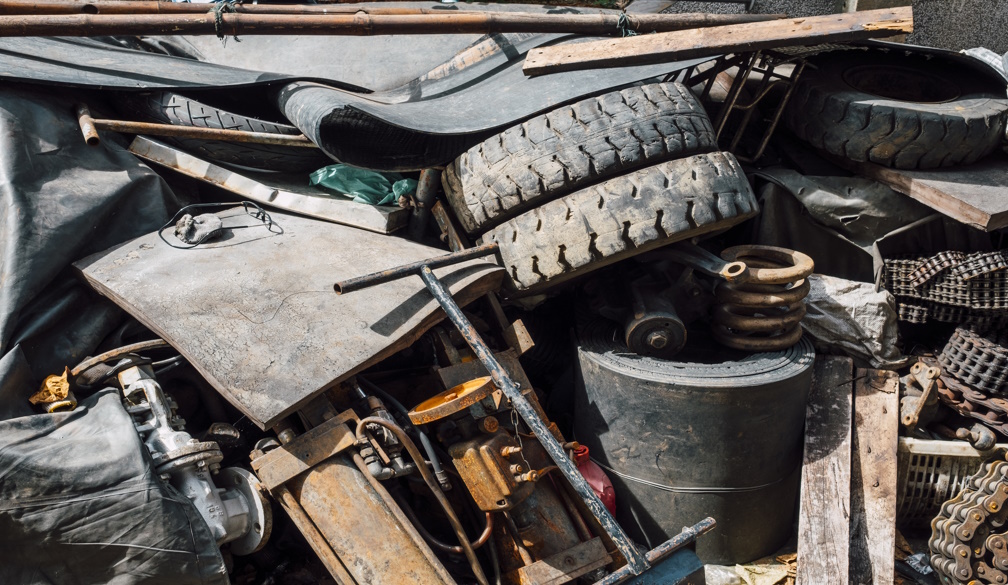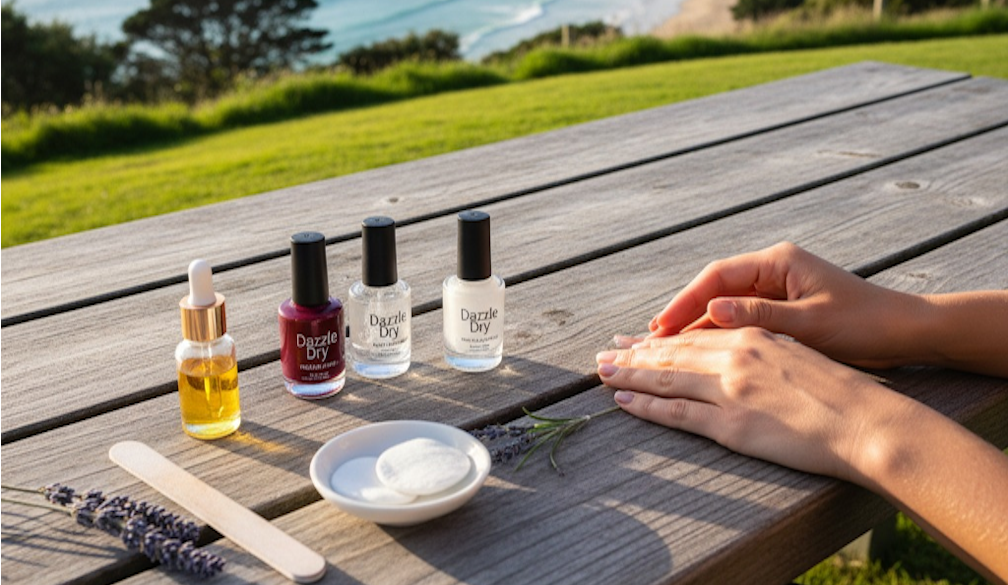Amid claims of abuse, neglect and poor standards, what is going wrong with childcare in Australia?
- Written by Gabrielle Meagher, Professor Emerita, School of Society, Communication and Culture, Macquarie University
On Monday, an ABC’s Four Corners investigation reported shocking cases of abuse and neglect in Australian childcare centres. This included examples of children being sexually abused, restrained for hours in high chairs, and fed nutritionally substandard meals such as pasta with ketchup.
While acknowledging there are high-quality services operating in the community, the program also showed how centre-based childcare is big business, dominated by for-profit providers, who may not be meeting regulatory standards.
What is going wrong with childcare in Australia?
Differing levels of quality
Data from Australia’s childcare regulator consistently shows for-profit childcare services are, on average, rated as lower quality than not-for-profit services.
Of those rated by regulators, 11% of for-profit long daycare centres are not meeting national minimum quality standards (they are just “working towards”). This compares with 7% of not-for-profit centres not meeting minimum standards.
There are 13% of for-profit centres exceeding the standards, compared to 28% of not-for-profits.
Inquiries suggest this divergence is due to staffing levels, qualifications and pay. In 2023, the Australian Competition and Consumer Commission (ACCC) found large for-profit providers spend significantly less on staffing than not-for-profit providers.
Large for-profit providers have a higher proportion of part-time and casual staff than not-for-profits. They also employ less experienced early childhood teachers. On top of this, they are more likely to use award rates of pay, which are typically lower than enterprise agreement rates.
Lower pay and less job security is related to higher turnover of staff, which makes it difficult for educators to establish and maintain the trusting relationships with children and families that underpin high quality.
Despite this, the federal government continues to support for-profit services through childcare subsidies.
These subsidies are designed to help families with the costs of childcare. But they do not stop some providers increasing their fees. The ACCC found a consistent pattern of increased government subsidies leading to higher out-of-pocket expenses for families, due to subsequent fee increases.
It hasn’t always been like this
Childcare subsidies haven’t always worked in this way. “Operational subsidies” were introduced in 1972 through the historic Child Care Act, which set the precedent for Australian governments to fund childcare.
This aimed to support women’s workforce participation through an expanded, high-quality childcare sector. Subsidies at the time were only available to not-for-profit services and required the employment of qualified staff, including teachers. In these ways, Commonwealth funding positioned childcare as a public good, like school education.
Then, in 1991, federal government subsidies were extended to for-profit providers. This prompted dramatic changes in the childcare landscape, leading to a dominance of for-profit centres.
Today, more than 70% of all long day-care centres are operated by private providers. Between 2013 and 2023, the number of for-profit long daycare services jumped by 60%, while not-for-profits only grew by 4%.
Quality concerns
There are 25 large long daycare providers in Australia and of these, 21 are run for profit. Large for-profit providers impact sector quality in several ways.
Many have disproportionately high numbers of staffing waivers, granted by regulators, permitting them to operate centres without the required number of qualified staff.
According to unpublished research by Gabrielle Meagher, as of October 2024, 11 large for-profit providers held waivers for a quarter or more of their services and five held waivers for more than a third. This compares to 15% of the sector overall.
Large for-profit providers also serve investors as well as families. So there are extra incentives to cut costs and maximise profits.
The dominance of for-profit providers also makes them powerful players in policy-making circles, as governments depend on them to provide an essential service.
Why isn’t the system working?
Given Australia has a regulatory and quality assurance system for childcare services, why do we have these quality issues?
As the Productivity Commission found, regulators are under-resourced, and inspections are infrequent. Services that repeatedly fail to meet the minimum standards are still allowed to operate, sometimes for more than a decade.
Services are notified about upcoming inspections, potentially giving them time to give a false impression of their quality and safety standards.
As Four Corners highlighted, poor-quality services, with bad pay and working conditions are driving good educators away from the sector.
What next?
The Albanese government recently passed legislation to “guarantee” eligible families three days of subsidised childcare per week from January 2026.
But families need more than access. They also require a guarantee this childcare will be high-quality and keep children safe.
Even without the extra spending on the three-day guarantee, government spending on childcare subsidies is due to reach nearly A$15 billion by 2026–27. Thus there is also a corresponding duty to taxpayers to ensure these funds are going to high-quality providers.
In the wake of the Four Corners report, the Greens are calling for a royal commission into childcare. But we do not need this level of inquiry to tell us the current system needs fundamental change.
Stronger regulatory powers, while important, will not be enough on their own. High-quality services need well-educated and well-supported staff. They also need governance and leadership that value educators’ expertise and enable consistently high standards.
Authors: Gabrielle Meagher, Professor Emerita, School of Society, Communication and Culture, Macquarie University


















